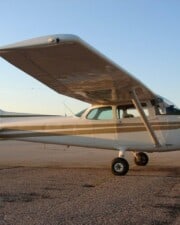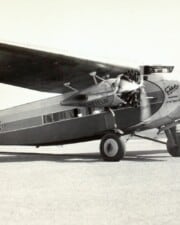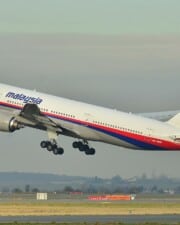The ideal choice for short and medium-haul flights, turboprops are single-pilot operated engines suitable for small airports with short, non-concrete runways. Turboprops are cost-effective — when flown at optimum altitude and speed, they burn less fuel than most jets.
Table of Contents
- 11. Piaggio Avanti EVO – $6.5 Million
- 10. Beechcraft King Air 250 – $5.5 Million
- 9. Daher TBM 940 – $3.8 Million
- 8. Pilatus PC-12 – $2.4 Million
- 7. Cessna 441 Conquest II – $1.7 Million
- 6. Beechcraft King Air 350i – $1.5 Million
- 5. Piper M600 – $1.4 Million
- 4. Daher (Quest) Kodiak 100 – $1 Million
- 3. Cessna 208B Grand Caravan – $925,000
- 2. Beechcraft 1900D – $735,000
- 1. Beechcraft King Air C90A – $400,000
While a new turboprop aircraft can cost anywhere between $2.2 million to $8.8 million, you can opt for a much cheaper pre-owned one. Here’s a list of the cheapest pre-owned turboprops and their prices for you to take your pick.
As with buying any used product, the price of used turboprops depends on several factors like age, condition, etc. so you may find them for much more or less depending on your needs.
Prices mentioned in the article are based on an average of current inventory of several different online marketplaces in June 2022. We understand it is a snapshot in time, but we believe it is representative of which are the cheapest turboprops, although the list will vary from time to time.
11. Piaggio Avanti EVO – $6.5 Million
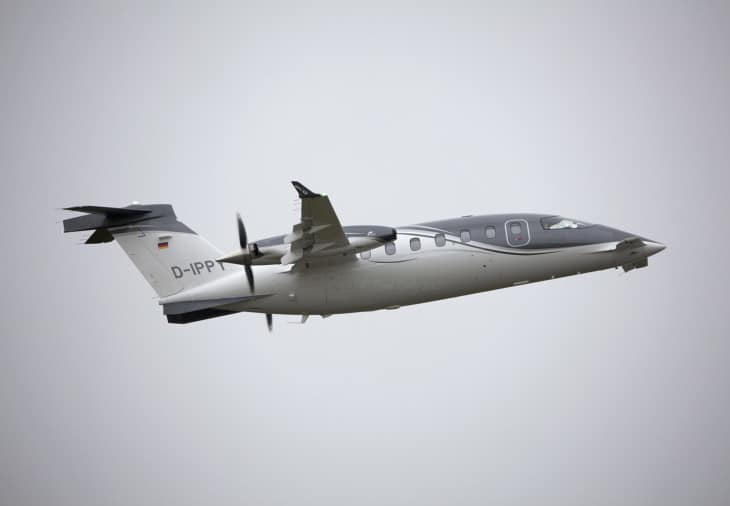
Judged as “The Fastest Twin Turboprop Plane”, the Avanti EVO is faster than most comparable turboprops, and even many midsize jets! According to Piaggio, the Avanti EVO is 40% more cost-efficient than rival jets.
The Avanti EVO has a pair of PT6A-66B engines from Pratt & Whitney Canada and a climb rate of 2770 feet per minute. That, combined with its speed of up to 462 mph makes this aircraft highly efficient.
Add reduced noise level to the list and an operational cost of only $1400, and you have a turboprop that is one of the cheapest yet highly functional in this price range.
10. Beechcraft King Air 250 – $5.5 Million

Customer requests for additional field performance from the then-existing King Air B200GT led to the launch of the Beechcraft King Air 250 in 2010.
Much like its predecessor, the King Air 200, the King Air 250 is a member of the Super King Air Series (alongside the King Air 300).
The aircraft is equipped with a Pro Line Fusion flight deck system developed by Rockwell Collins. From easily alerting the pilot during unforeseen conditions to guiding fully automated flights and top-notch radio communication, this model offers it all.
It also comes with a state-of-the-art de-icing system and even cockpit windshield wipers for flights during extreme weather conditions.
One of the most versatile turboprops on the market, the King Air 250 can be configured for numerous roles, including but not limited to: aerial surveillance, air ambulance, VIP transport, GA flying, and utility roles.
Currently, operational costs for the King Air 250 are an estimated $1,653.87 per hour.
9. Daher TBM 940 – $3.8 Million

Daher’s new flagship turboprop the TBM 940 is an improved variant of their immensely popular TBM 930.
Featuring an all-new autothrottle that regulates the speed of the aircraft after takeoff and landing and an automatic deicing system, the TBM 940 is meant to be faster, safer, comfier, and easier to fly than its predecessor.
With a maximum speed of 330 knots, it is the fastest model in its class and also has an additional HomeSafe system for auto-landing during emergencies. At current estimates, the TBM 940 has an hourly operating cost of $1,272.
8. Pilatus PC-12 – $2.4 Million
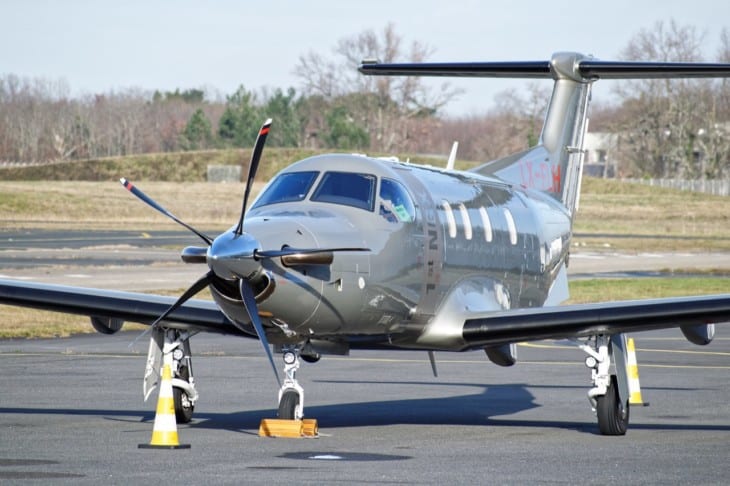
Powered by a single Pratt & Whitney PT6A-67 engine, the PC-12 was named the “World’s greatest single” by Corporate Jet Investor (a tag line later used by Pilatus Aircraft themselves).
By 2020, Pilatus had produced more than 1800 PC-12 turboprops. The aircraft is designed for performance, operational flexibility, reliability, versatility, and safety.
The aircraft is fitted with Honeywell Primus Apex avionics which reduces the load on the pilot. The avionics has features like Multi-Function Displays (MFDs), SmartView systems, and Primary Flight Displays (PFDs) which makes flying quite easy.
The nine-passenger aircraft has gained popularity due to its ability to fly at high altitudes and reach a maximum cruise speed of 322 mph.
Famed for its safety and comparatively low operating costs (estimated at around $1,204.78 per hour), the PC-12 has been used by everyone from cargo airlines to celebrities to business executives!
7. Cessna 441 Conquest II – $1.7 Million

The Cessna 441 Conquest II was the first turboprop-powered aircraft designed by Cessna and was intended to replace much of the company’s pre-existing lineup of twin pistons, namely the Cessna 404 Titan.
Production started in 1977 under the name Conquest, but was quickly changed to Conquest II in 1983 following the introduction of the smaller Cessna 425, also called the Conquest.
Able to fit between seven and nine passengers depending on the configuration, the Conquest costs roughly $1,232 per hour to operate, making it one of the most fuel-efficient props on the market in terms of cost per mile.
6. Beechcraft King Air 350i – $1.5 Million

Introduced in 2008, the Beechcraft King Air 350i is an updated version of the standard Beechcraft King Air 350, itself a member of the highly successful Beechcraft Super King Air family.
This single pilot-operated aircraft is fitted with a Pro Line 21 Avionics System that includes the pilot-favorite Flight Management System-3000, among other stellar features, as well as dual controls for an additional pilot
Equipped with the new Cabin Management System (CMS) by Venue, passengers can control all interior features – such as its pull-out work tables, refreshment center, electronically-controlled windows, and power outlets from anywhere in the aircraft.
Given the amenities it provides, the 350i is one of the cheapest options for luxury flying at an operational cost of only $1,611 per hour.
5. Piper M600 – $1.4 Million
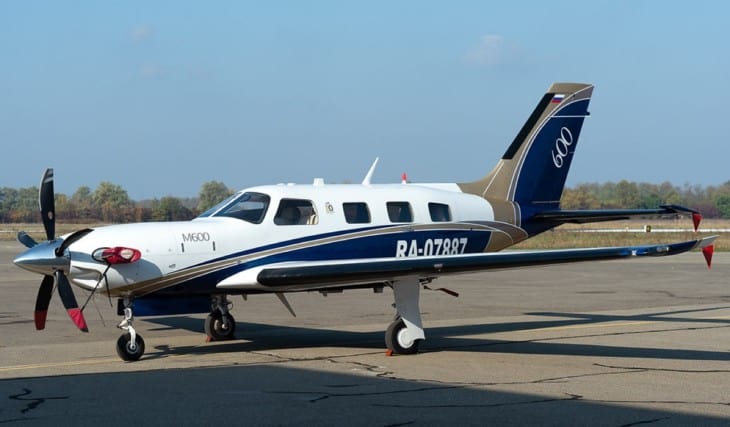
The Piper PA-46 family is one of the most popular lines of turboprops ever certified. Many variants exist within this large family, including the older Malibu line, rebranded as the M600 in 2015.
With a fuel capacity of 90 gallons, and powered by a single Pratt and Whitney of Canada PT6A-42A engine, the M600 can carry up to six passengers over a range of approximately 1484 nmi.
In comparison to the Piper M500, the M600 has a longer range of roughly 500 miles and a comparatively lower hourly operational cost ($868 vs $791).
The Piper M600 is equipped with the anti-hypoxia kit in case the pilot is incapacitated midair. Along with a fully illuminated instrument panel for easy operation and improved visibility, it offers electronic stability protection, emergency descent mode, and a synthetic vision for a safe landing.
4. Daher (Quest) Kodiak 100 – $1 Million
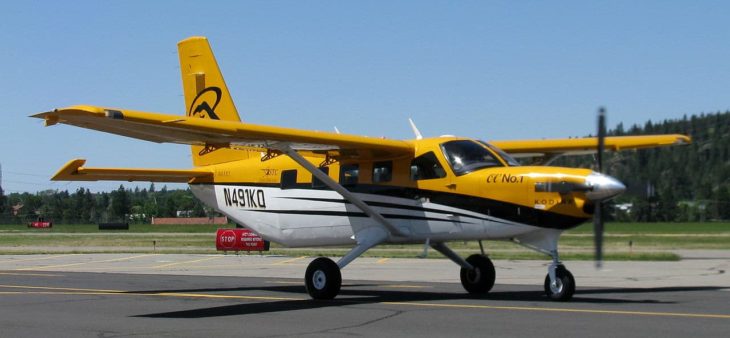
The sole product of Quest Aircraft, the Quest Kodiak was renamed the Daher Kodiak 100 when Quest was acquired by Daher in 2019.
A true Short Take-Off and Landing (STOL) aircraft, the Kodiak 100 requires only 934 ft for takeoff and 765 ft for landing, making it a favorite of operators regularly flying from airports with short runways, such as mountain airports.
This is possible because of the Kodiak’s single PT6A-34 engine that produces 750 shp, allowing the aircraft to get off the ground at this short distance even with a heavy cargo payload or 10 passengers.
Its advanced G1000 avionics reduces the pilot’s workload and offers increased situational awareness. The aircraft also has topnotch navigation assistance during inclination (climb and touchdown).
The Kodiak 100 is also cost-effective: it has an operational cost of just $720.93 per hour.
3. Cessna 208B Grand Caravan – $925,000
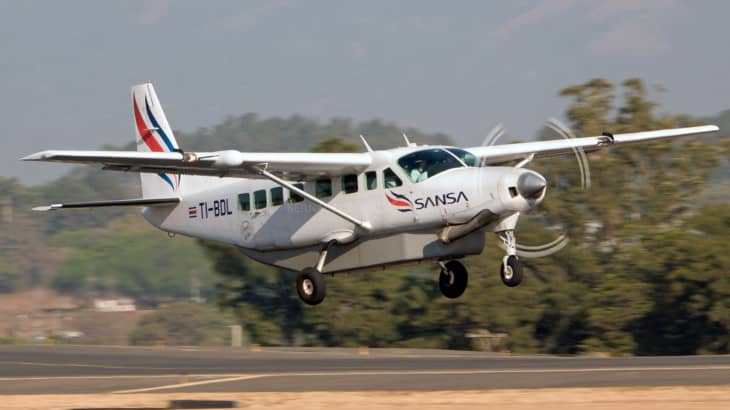
The Cessna 208B Grand Caravan is a powerful turboprop engine that has an exceptional payload capacity and can adapt to a wide variety of missions.
The single-pilot aircraft is powered by a single Pratt and Whitney of Canada PT6A-114A turboprop engine, can carry up to nine passengers (or 3,100 lb of cargo) and uses a Garmin G1000 EFIS.
This system makes managing the aircraft very easy by providing a better graphical interface, improved visibility, emergency descent mode, and powerful hardware, among other things.
It is precisely for these reasons why the Grand Caravan has become a favorite of flight school (including parachuting operators), cargo airlines including FedEx, military operators, corporate fliers and air ambulances among many others.
The Grand Caravan reaches a maximum speed of 184 knots, needs just 2420 ft for takeoff, and has a reasonable operational cost of $819.02 per hour.
2. Beechcraft 1900D – $735,000

An improved variant of the Beechcraft 1900 introduced in 1991, the Beechcraft 1900D was meant to fit into a market the standard 1900 could not: namely on flyaway price and operational cost.
Although it can be flown by a single pilot, the turboprop is fitted with dual controls and seats two pilots in the cabin deck.
The twin-engine turboprop is powered by Pratt and Whitney of Canada PT6A-67D and boasts a fully integrated three-display Pro Line 21 IDS system by Rockwell Collins. Piloting the 1900D is hassle-free and safe: it has the dual security of a Ground Proximity Warning System (GPWS) and TCAS I, a collision-avoidance system.
Much like its predecessor, the 1900D is incredibly popular thanks to its versatility, having been used as a cargo aircraft, VIP transport, and in various military roles. It presently has an hourly operational cost of an estimated $1,742.16.
1. Beechcraft King Air C90A – $400,000

When customers demanded an upgraded variation of Beechcraft C90-1, Beechcraft released an updated version in 1984 featuring improved landing gear and electrical, pressurization and heating systems.
Powered by a pair of Pratt and Whitney of Canada PT6A-21 turboprop engines, the C90A is powerful enough to take off smoothly at a relatively short distance of only 2,275 ft.
Like many aircraft on this list, the King Air C90A is certified for single-pilot use (though like many does have a co-pilot seat that can double as an extra passenger seat depending on use), which helps to cut down on operational costs, estimated at around $1,586 per hour.
Related Posts





